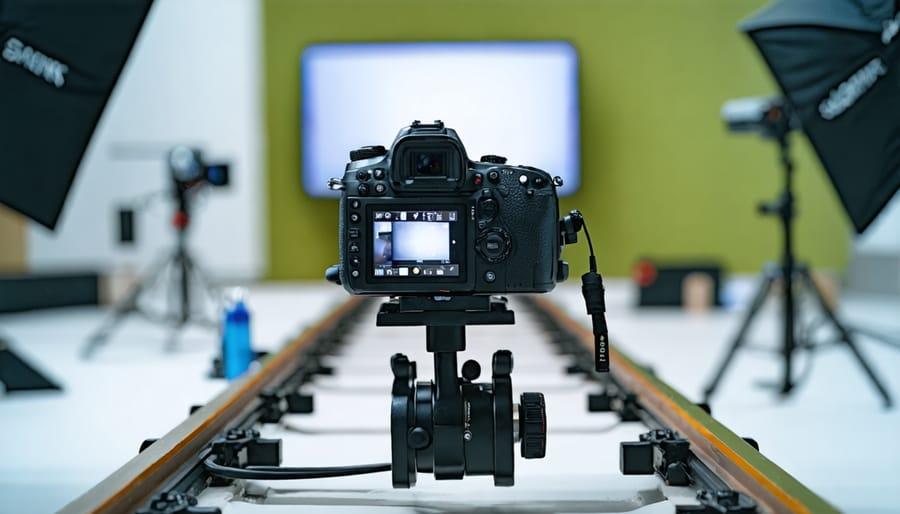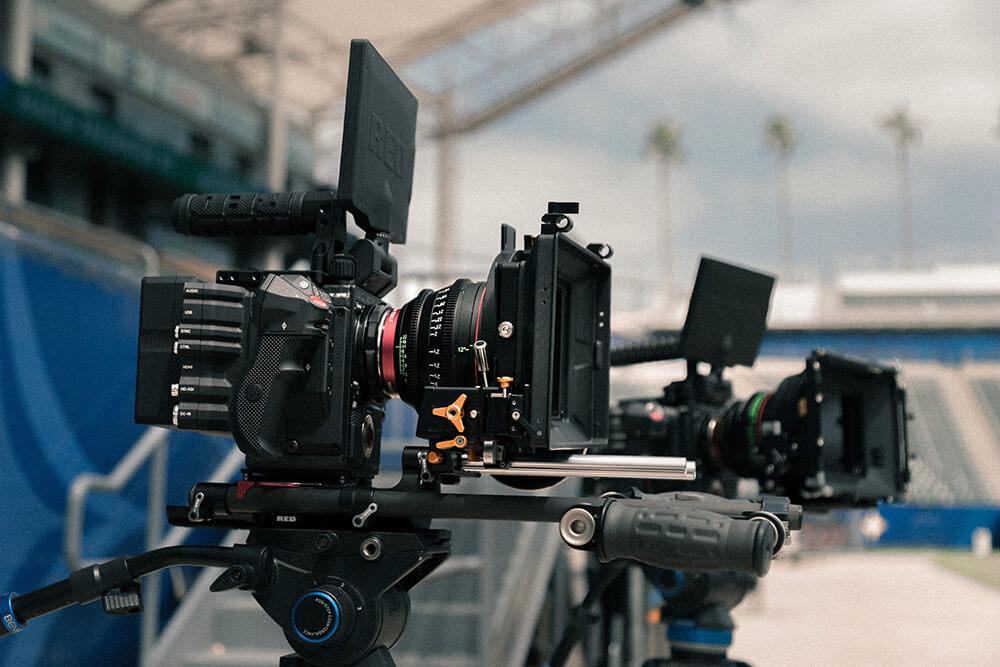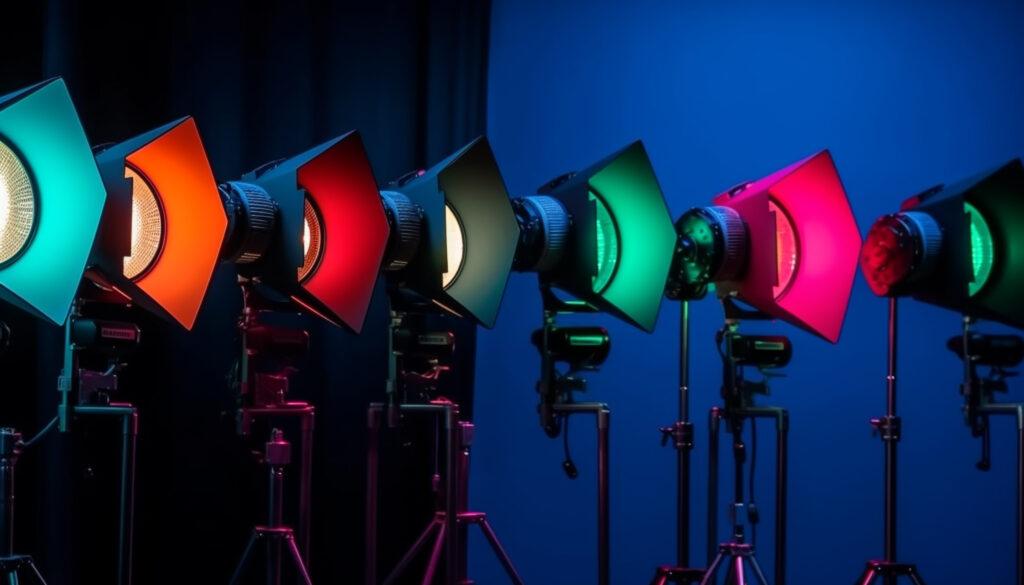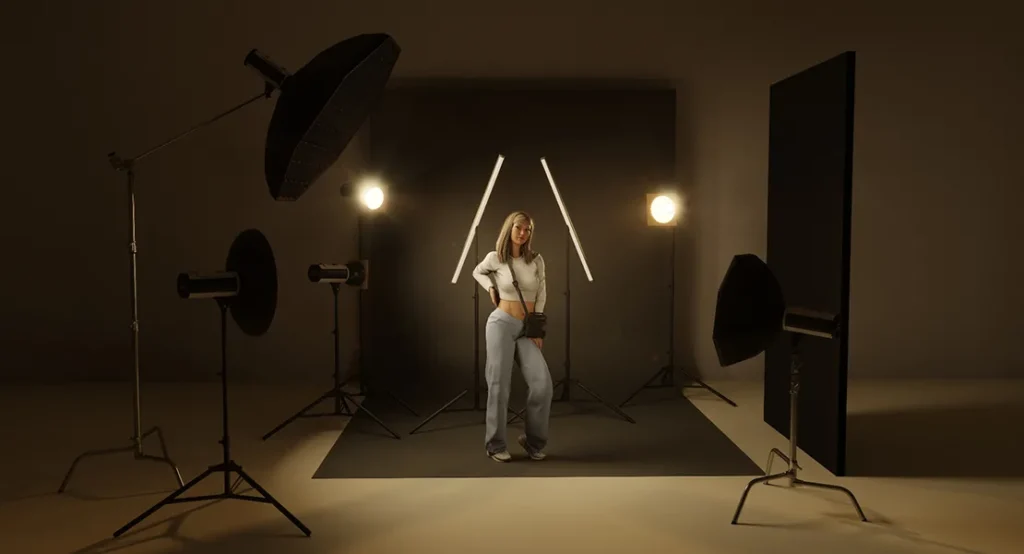
The Art of Visual Narrative: Beyond the Lens
In visual communication, the camera angle is a powerful, often-underestimated tool. It's more than just placement; it dictates how an audience perceives a scene, character, or narrative. Understanding this is key to crafting truly compelling stories.
Every angle, from subtle shifts to dramatic tilts, carries inherent meaning and psychological weight. A low angle elevates, imbuing power, while a high angle diminishes, suggesting vulnerability. These choices build emotional connection and depth, guiding viewer interpretation silently.
Strategic camera angles sculpt reality within the frame, manipulating perspective to serve the story's message. This orchestrates a visual symphony where each shot contributes to harmony, directing attention, building suspense, or fostering empathy. It transforms passive viewing into immersive experience.
Beyond technical proficiency, mastering angles requires intuitive grasp of psychology and narrative intent. It involves asking "how do I want the audience to feel?" This inquiry elevates content creation from documentation to a sophisticated art form that truly connects.
For any storyteller, the frame is their canvas, the angle their brushstroke. It paints vivid emotional landscapes, defines character relationships, and propels plot with silent, potent visual cues. Harnessing this power separates good content from unforgettable experiences.
At Kaprizocoex, we believe understanding these intricate visual mechanics is paramount for effective communication. It empowers creators to make every frame count, ensuring their vision translates with maximum impact and clarity, captivating audiences globally.
Applications of Strategic Framing
-
Cinematic Productions: Elevates films and documentaries, enhancing drama and character depth. Pros: Deep immersion. Limitations: Requires meticulous pre-production.
-
Brand Communications: Shapes brand identity in promotional videos and ads. Pros: Boosts memorability. Limitations: Misused angles can confuse the audience.
-
Educational Content: Clarifies complex ideas and sustains engagement in e-learning. Pros: Improves comprehension. Limitations: Over-stylization may distract from learning.
Expert Perspectives on Framing Dynamics
Leading cinematographers emphasize the psychological impact of vertical camera positioning. A low-angle shot makes a subject appear monumental or authoritative, placing the viewer in subservience. Conversely, a high-angle shot renders a character vulnerable or insignificant, evoking empathy or detached observation. These choices are fundamental to visual rhetoric.
The debate around the "neutral" eye-level shot highlights its dual nature. While some argue it fosters realism and direct engagement, others contend its neutrality can lack dynamism. They suggest an eye-level shot needs meticulous composition and context to avoid becoming mundane, relying heavily on performance and dialogue.
The Dutch angle, or canted frame, is a contentious technique. While it brilliantly conveys disorientation or tension, its overuse risks becoming a cliché. Experts agree its power lies in rarity and strategic application, making a strong statement only when deployed precisely to mirror a character's internal state or a scene's inherent instability.
Ultimately, discussions often circle back to the interplay between technical rules and creative intuition. Some champion a systematic approach, adhering to conventions. Others advocate for breaking molds, arguing innovation stems from experimentation. The most effective approach integrates both, leveraging foundational knowledge while exploring new visual frontiers.
Concluding Thoughts on Visual Mastery
Mastering camera angles is crucial for impactful visual communication. It transforms footage into powerful statements, conveying emotion and guiding audience perception effectively.
Creators must continuously explore and apply these principles. This mastery allows storytellers to communicate with unparalleled clarity, ensuring content resonates deeply and leaves a lasting mark.
Related Posts
Leave a Reply
Your message will be published after review by moderators.


